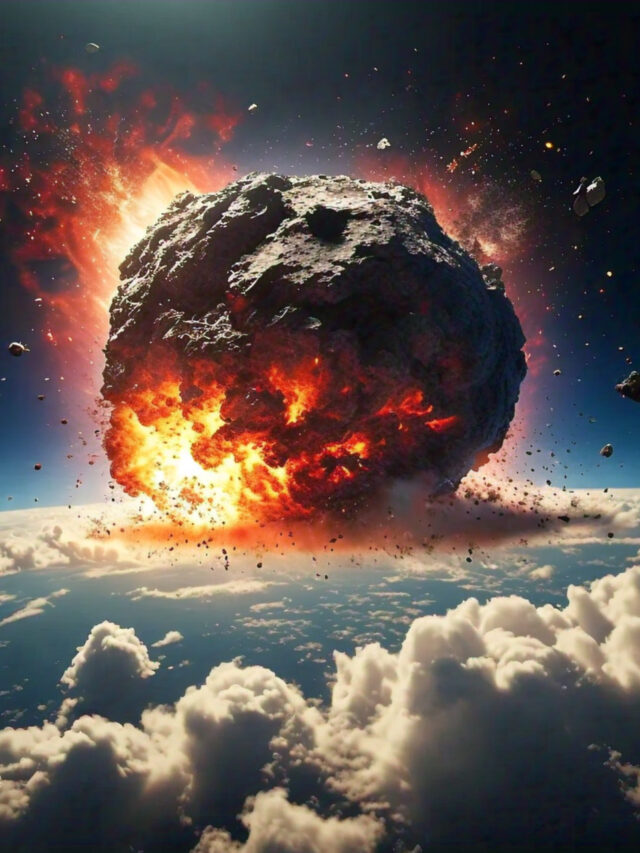
The Rashtrakutas believed they were descendants of Satyaki. Historians have varying opinions about their roots. Some inscriptions of Chalukya kings suggest they served as vassals to the Chalukyas. The Rashtrakutas originated from Karnataka, and Kannada was their native language. The topic is important for UPSC IAS or State level exams.
Founder
- Dantidurga, also known as Dantivarman (735 – 756), established the Rashtrakutas dynasty.
- Dantidurga expanded his rule across regions between the Godavari and Vima.
- He conquered various territories, including Kalinga, Kosala, Kanchi, Srisril, Malava, and Lata. Dantidurga also gained control over Maharashtra by defeating Chalukya King Kirtivarma.
Rulers
Krishna I (756 – 774)
- Following Dantidurga, Krishna I ascended the throne.
- He extended the Rashtrakuta territories by conquering areas still held by the Chalukyas and also took control of Konkan.
- Krishna I achieved victories over Vishnuvardhana of Vengi and the Ganga king of Mysore.
- A notable patron of art and architecture, Krishna I commissioned the construction of the Kailash Temple at Ellora.
Govinda II (774 – 780)
- Krishna I’s son, Govinda II, succeeded him.
- Dhruva (780 – 793)
- Dhruva, another successor, secured victories against Gurjara-Pratihara King Vatsyaraja, the Pallavas of Kanchi, and the Pala King Dharmapala of Bengal.
- Govinda III (793 – 814)
- Dhruva, the son of Govinda III, took over the throne.
- He achieved victory over the renowned Gurjara King Nagabhatta II.
- Pala King Dharmapala and Charayudh sought Govinda III’s assistance.
- His kingdom expanded from the Vindhyas and Malava in the north to the river Tungabhadra in the south.
Amoghavarsha I (814- 878 A.D.)
- The most illustrious ruler of the Rashtrakuta dynasty, Amoghavarsha I, succeeded Govinda III.
- Amoghavarsha I established a new capital at Manyakheta (now Malkhed in Karnataka State), and Broach became the primary port during his reign.
- A patron of education and literature, Amoghavarsha I embraced Jainism through the guidance of Jinasena, a Jaina monk.
- Arab merchant Suleman considered Amoghavarsha I among the four greatest kings globally, alongside the Caliph of Bagdad, the king of Constantinople, and the emperor of China.
- Amoghavarsha I’s rule extended for 63 years.
Krishna II (878 – 914)
- The son of Amoghavarsha, Krishna II, assumed the throne.
Indra III (914 -929)
- Indra III emerged as a formidable king, defeating and deposing Mahipala.
Krishna III (939 – 967)
- The last influential and effective ruler of the Rashtrakutas, Krishna III, succeeded in conquering Tanjore and Kanchi. He also defeated the Tamil kings of the Chola kingdom.
Karka (972 – 973)
- Rashtrakuta King Karka faced defeat and deposition by Taila, or Tailapa, the Chalukya king of Kalyani.
Rashtrakutas Administration
- The administration was organized into rashtras (provinces) under the control of rashtrapatis.
- Rashtras were further divided into vishayas or districts, governed by vishayapatis.
- The subdivision was bhukti, consisting of 50 to 70 villages under the control of bhogapatis.
- Village headmen managed village administration, with village assemblies playing a significant role.
Literature under Rashtrakutas
- The Rashtrakutas strongly supported Sanskrit literature during their rule.
- Trivikrama Bhatta authored Nalachampu.
- Halayudha composed Kavirahasya during Krishna III’s reign.
- Jinasena wrote Parsvabhudaya, a biography of Parsva in verses.
- Adipurana, narrating the life stories of various Jain saints, was written by Jinasena.
- Sakatayana contributed Amogavritti, a grammar work.
- Viracharya, a notable mathematician, wrote Ganitasaram.
- The Rashtrakuta era marked the beginning of Kannada literature.
- Kavirajamarga, composed by Amogavarsha, was the inaugural poetic work in Kannada.
- Pampa, a prominent Kannada poet, created Vikramasenavijaya, his famous work.
- Santipurana, another significant work, was penned by Ponna, another renowned Kannada poet.
Rashtrakutas Art and Architecture
- Rashtrakuta’s artistic and architectural legacy is evident at Ellora and Elephanta.
- The remarkable Kailasanatha temple at Ellora was constructed by Krishna.
- Kailasanatha Temple
- Carved from a massive rock block measuring 200 feet long, 100 feet in breadth and height.
- Elephants and lions on the plinth suggest the structure rests on their backs.
- The three-tiered shikhara resembles Mamallapuram rathas’ shikhara.
- A pillared hall with 16 square pillars in the temple’s interior.
- Goddess Durga sculpture slaying the Buffalo demon.
- Another sculpture depicts Ravana attempting to lift Mount Kailasa, Siva’s abode.
- Elephanta
- Originally named Sripuri, Elephanta is an island near Bombay.
- Portuguese renamed it Elephanta due to the large elephant figure.
- Sculptures in Ellora and Elephanta exhibit close similarities.
- Huge dwara–palakas figures at the sanctum entrance.
- Trimurthi, a magnificent six-meter-high sculpture, represents Shiva’s aspects as Creator, Preserver, and Destroyer.
- During the Rashtrakuta rule, Vaishnavism and Saivism thrived, fostering a vibrant cultural and religious atmosphere.
- The Deccan region engaged in lively trade with the Arabs, and the Rashtrakutas actively encouraged and maintained friendly relations, contributing to the stimulation of Arab commerce.







